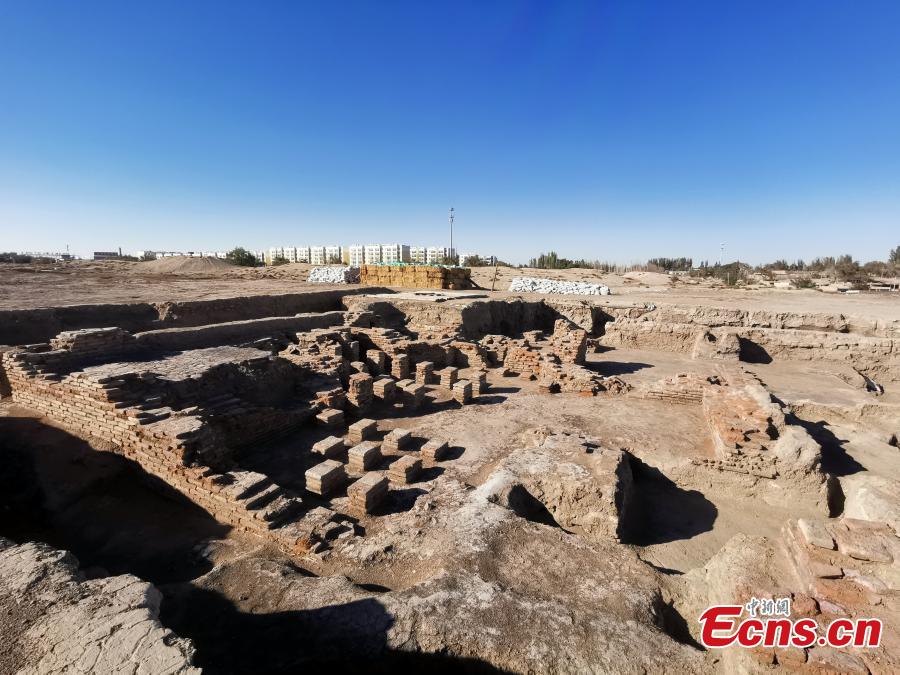
Photo taken on Oct. 7, 2022 shows the Tangchaodun (or Tang Dynasty mound) ruins in Qitai County, the Hui Autonomous Prefecture of Changji, northwest China's Xinjiang Uyghur Autonomous Region. (Photo: China News Service/An Tao)
Tangchaodun in Qitai county, near the eastern section of Tianshan Mountains, was built in the 14th year of Tang Zhenguan (640) and played a pivotal role until the Yuan Dynasty (1271-1368).
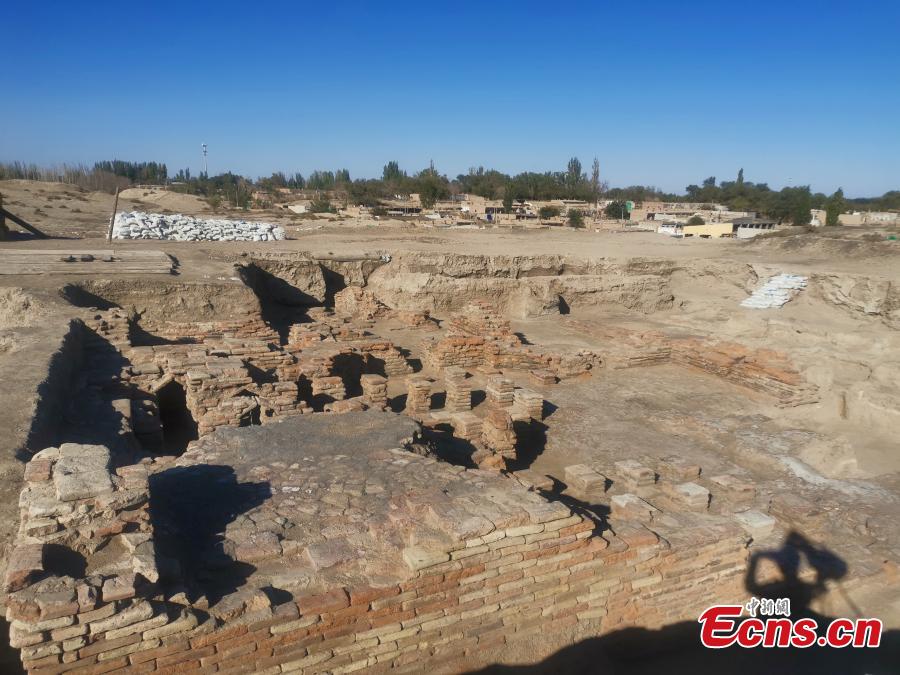
Photo taken on Oct. 7, 2022 shows the Tangchaodun (or Tang Dynasty mound) ruins in Qitai County, the Hui Autonomous Prefecture of Changji, northwest China's Xinjiang Uyghur Autonomous Region. (Photo: China News Service/An Tao)
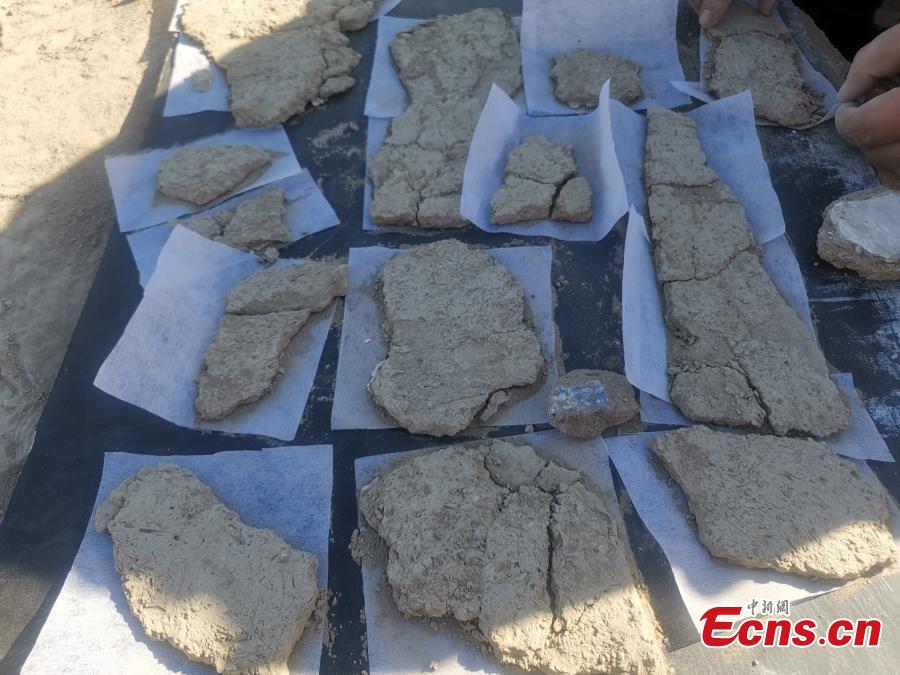
Photo taken on Oct. 7, 2022 shows the Tangchaodun (or Tang Dynasty mound) ruins in Qitai County, the Hui Autonomous Prefecture of Changji, northwest China's Xinjiang Uyghur Autonomous Region. (Photo: China News Service/An Tao)
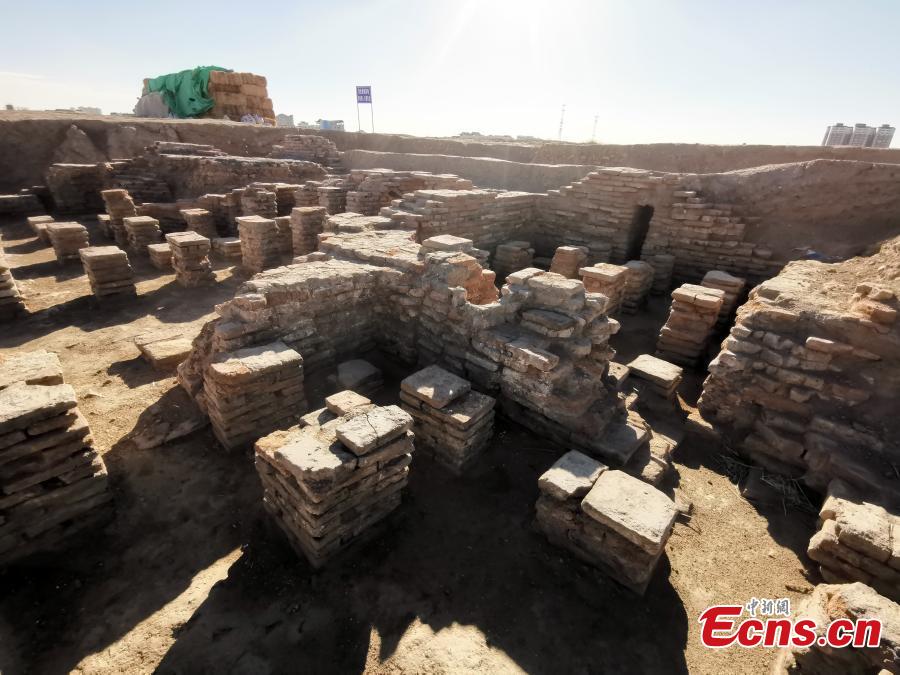
Photo taken on Oct. 7, 2022 shows the Tangchaodun (or Tang Dynasty mound) ruins in Qitai County, the Hui Autonomous Prefecture of Changji, northwest China's Xinjiang Uyghur Autonomous Region. (Photo: China News Service/An Tao)
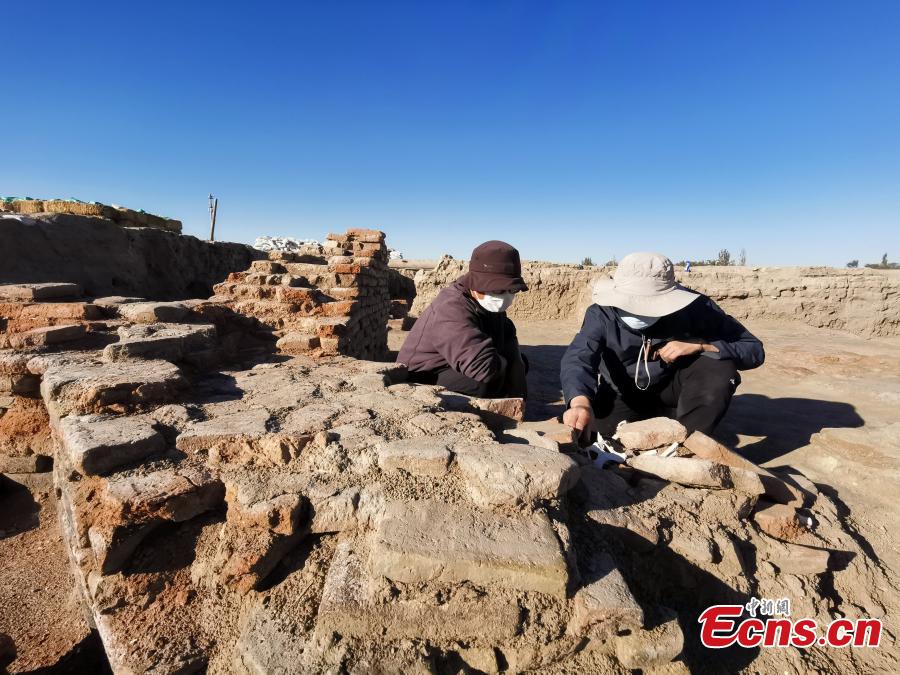
Archeologists work at the discovery site of the Tangchaodun ruins in Qitai, County, the Hui Autonomous Prefecture of Changji, northwest China's Xinjiang Uyghur Autonomous Region. (Photo: China News Service/An Tao)
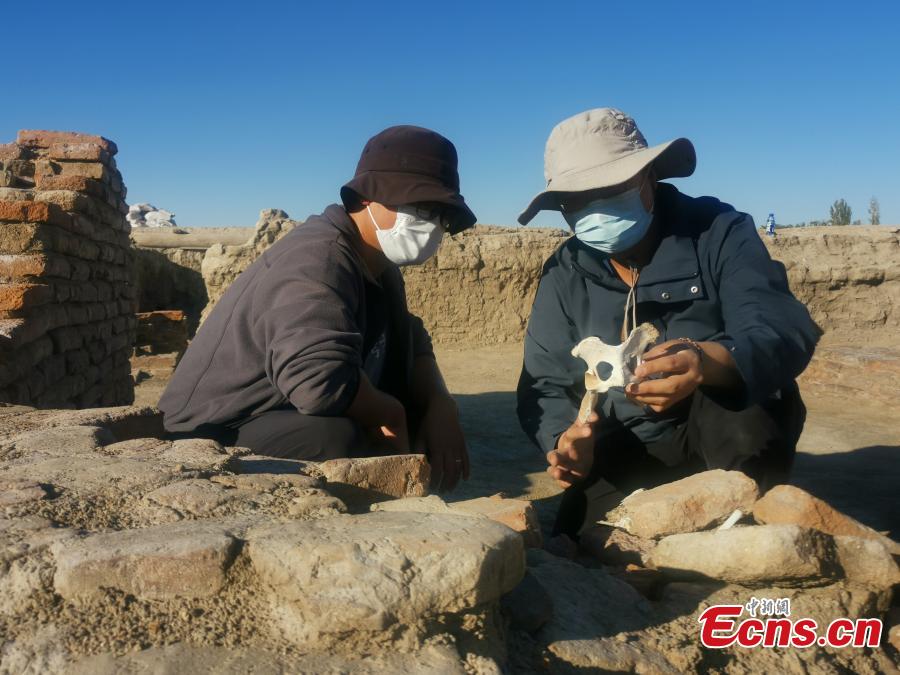
Archeologists work at the discovery site of the Tangchaodun ruins in Qitai, County, the Hui Autonomous Prefecture of Changji, northwest China's Xinjiang Uyghur Autonomous Region. (Photo: China News Service/An Tao)
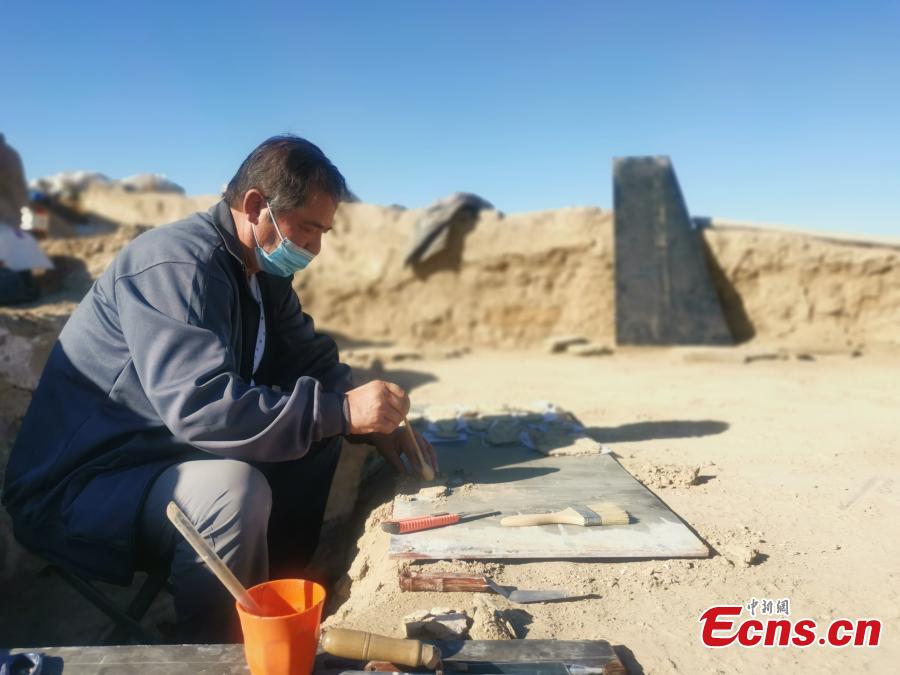
An archeologist works at the discovery site of the Tangchaodun ruins in Qitai, County, the Hui Autonomous Prefecture of Changji, northwest China's Xinjiang Uyghur Autonomous Region. (Photo: China News Service/An Tao)









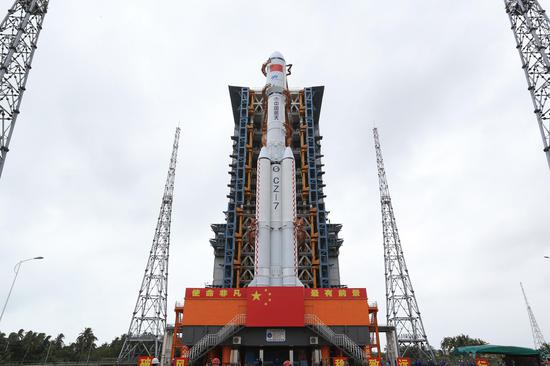

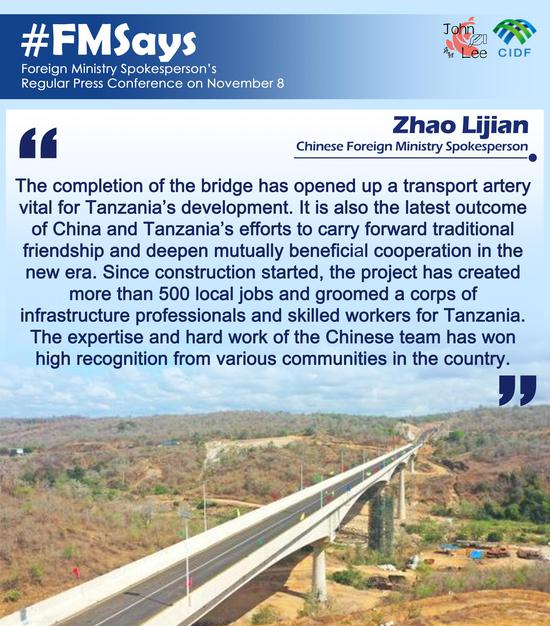




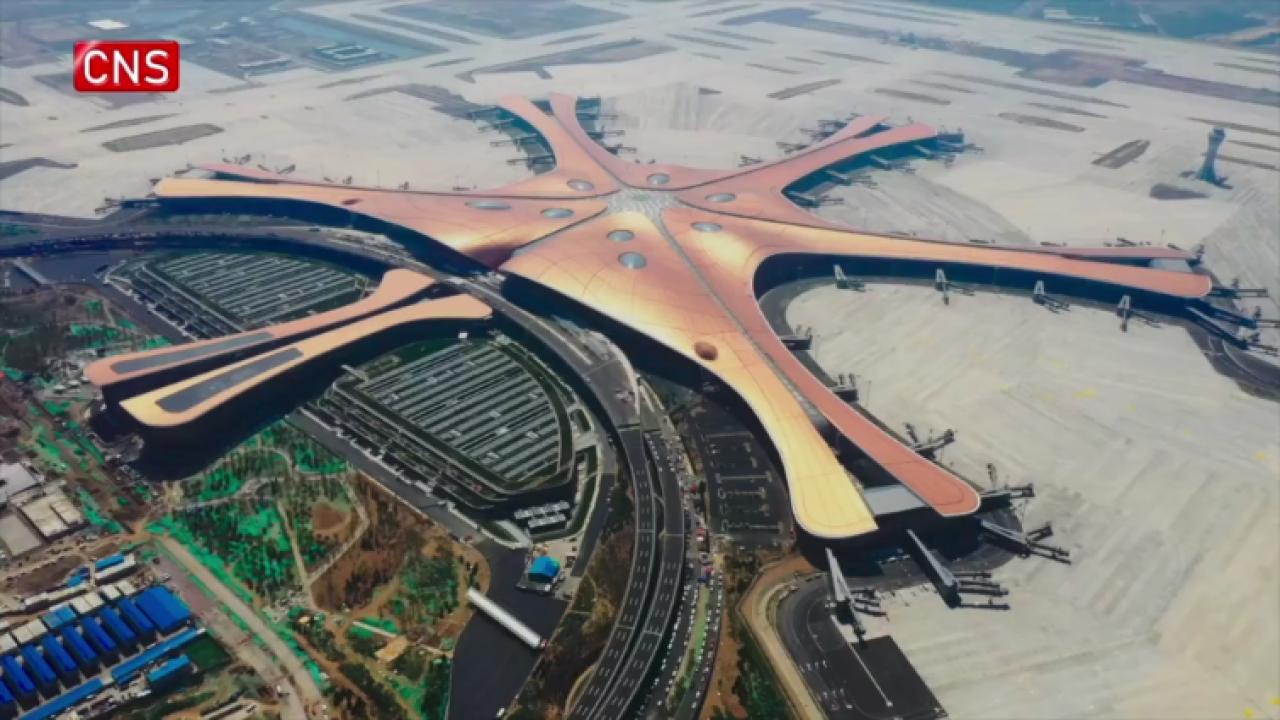



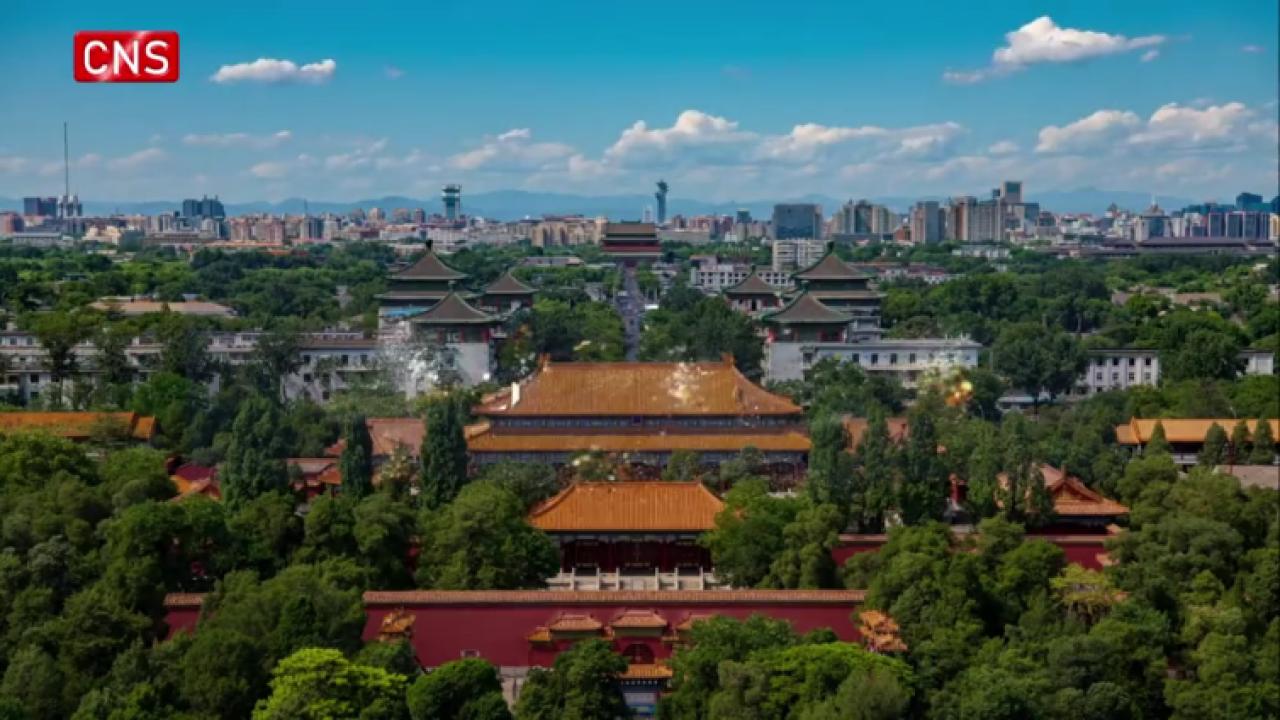

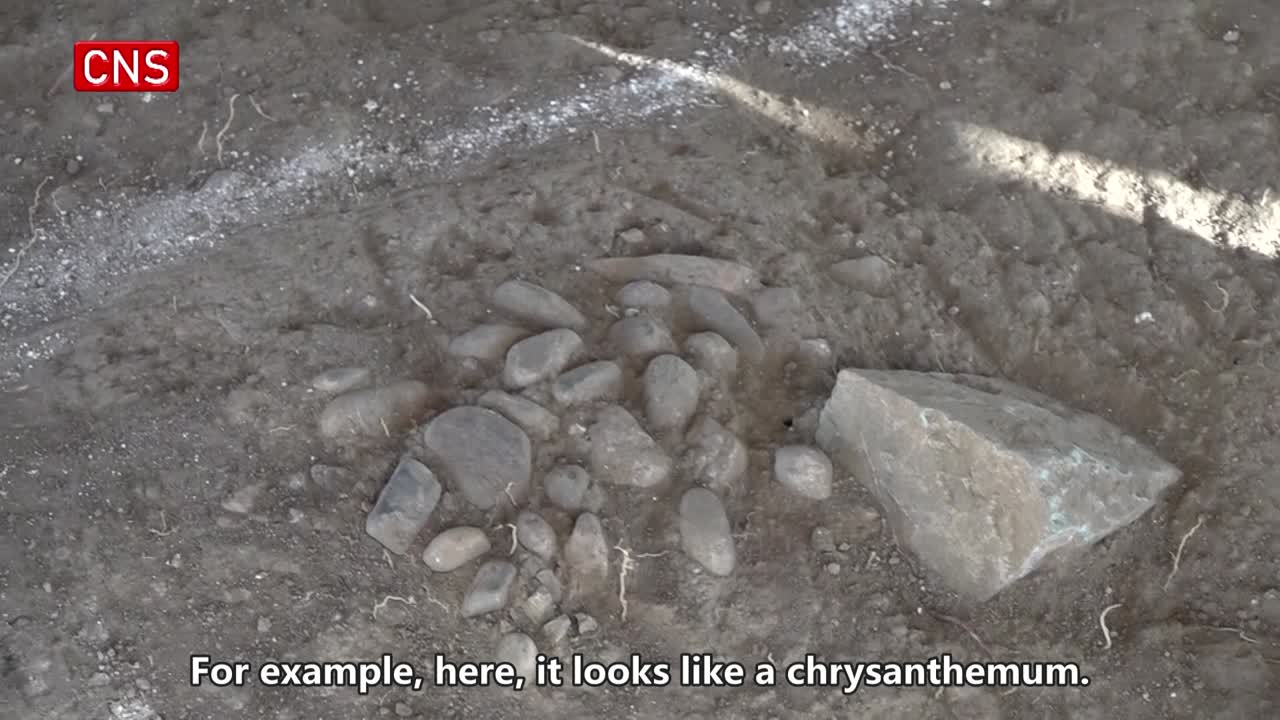
 京公网安备 11010202009201号
京公网安备 11010202009201号